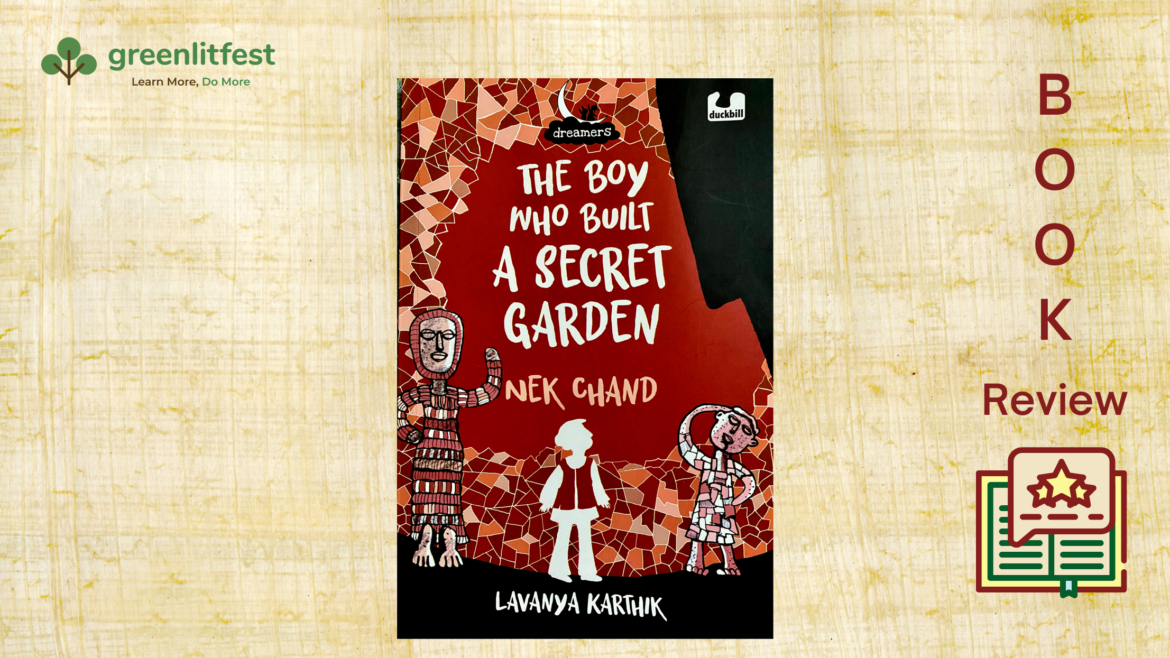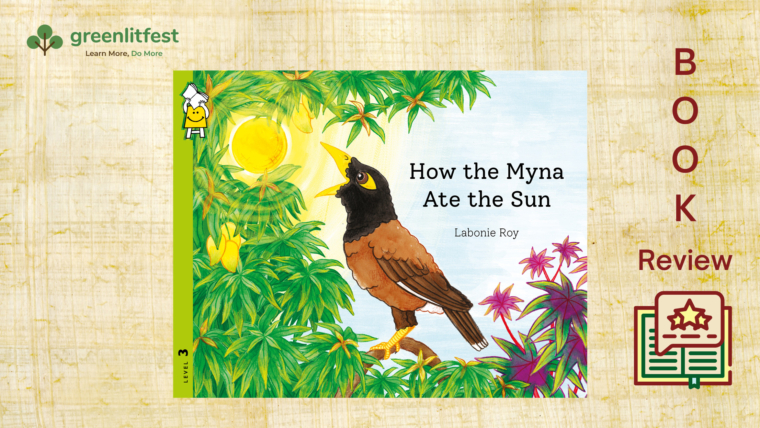Author: Sangeetha Menon
“Every child is an artist; the problem is staying an artist when you grow up.” – Pablo Picasso
This was the overarching feeling I had when I finished reading ‘The Boy Who Built A Secret Garden: Nek Chand’. This book is a part of Duckbill’s ‘The Dreamers’ series, written and illustrated by Lavanya Karthik. This story is a snapshot of artist Nek Chand Saini’s life with a special focus on ‘Sukhrani’ or the famous Rock Garden he built in Chandigarh.
We meet Nek as a young boy who enjoys building and creating things from all sorts of knick-knacks like stones, shattered pots, and broken bangles. He builds a garden filled with artwork created from these scraps, reminiscent of things he holds dear. However, his family is forced to move from their home in Barian Kalan during partition, and Nek abandons his garden.
We see a newly independent India building itself while throwing out its past structures. Nek, who is older now, lovingly collects and stores these remnants. What follows is his quiet yet strong determination to still build his garden. And, so he does while facing resistance.
Lavanya Karthik tells Nek’s story in a simple manner that’s easy to understand. It gently raises the question of how far a city can go when it comes to development and portrays themes of recycling/upcycling and the power of art through Nek Chand’s journey. A note at the end of the story gives an overview of the history of Chandigarh’s Rock Garden. However, I would’ve loved to see the details about authorities resisting the Rock Garden and support from the community highlighted more definitively in the story as opposed to it being a part of the end note.
The illustrations are what stand out in this book. Inspired by Nek Chand’s sculptures and architecture, the images are vivid in shades of red. I really liked that they’ve played around with text placement on some of the pages. It would’ve also been an excellent visual aid to have a map of India tracing Nek’s journey from Barian Kala to Qadia and then Chandigarh.
What stands out the most in this story is the impact of art and artists. The power creativity has in bringing people together and building communities. I can picture arts and crafts workshops using waste material as a fun exercise accompanying this story.
Overall, this book is a lovely way to introduce children to the history of Sukhrani and Nek Chand. It would also make a lovely aid for educators to help children understand concepts of upcycling, development, and, of course, the power of art.
Sangeetha Menon a.k.a. ‘The Moody Marshmallow’ is a writer, editor and podcaster. She works in children’s publishing.



